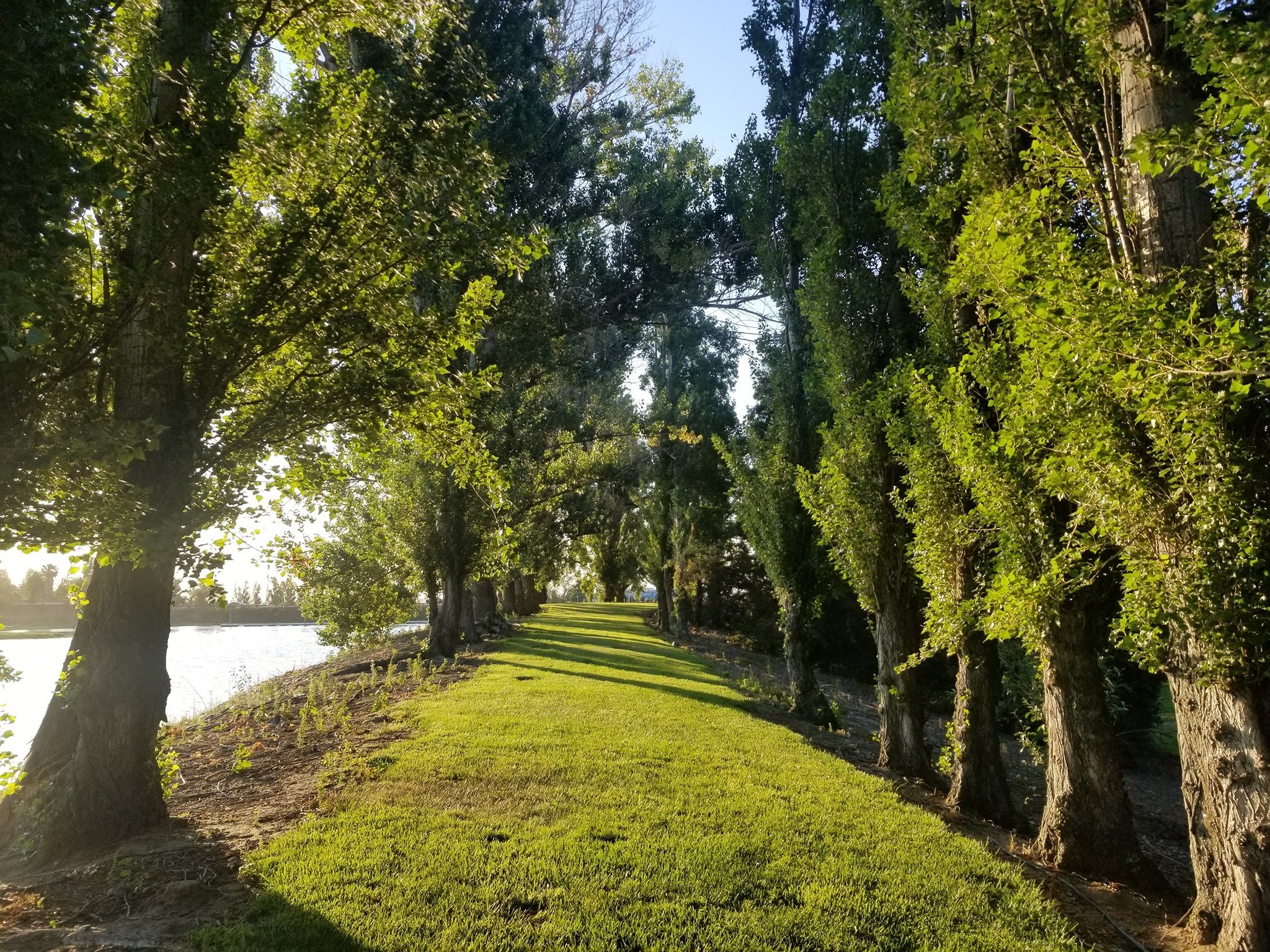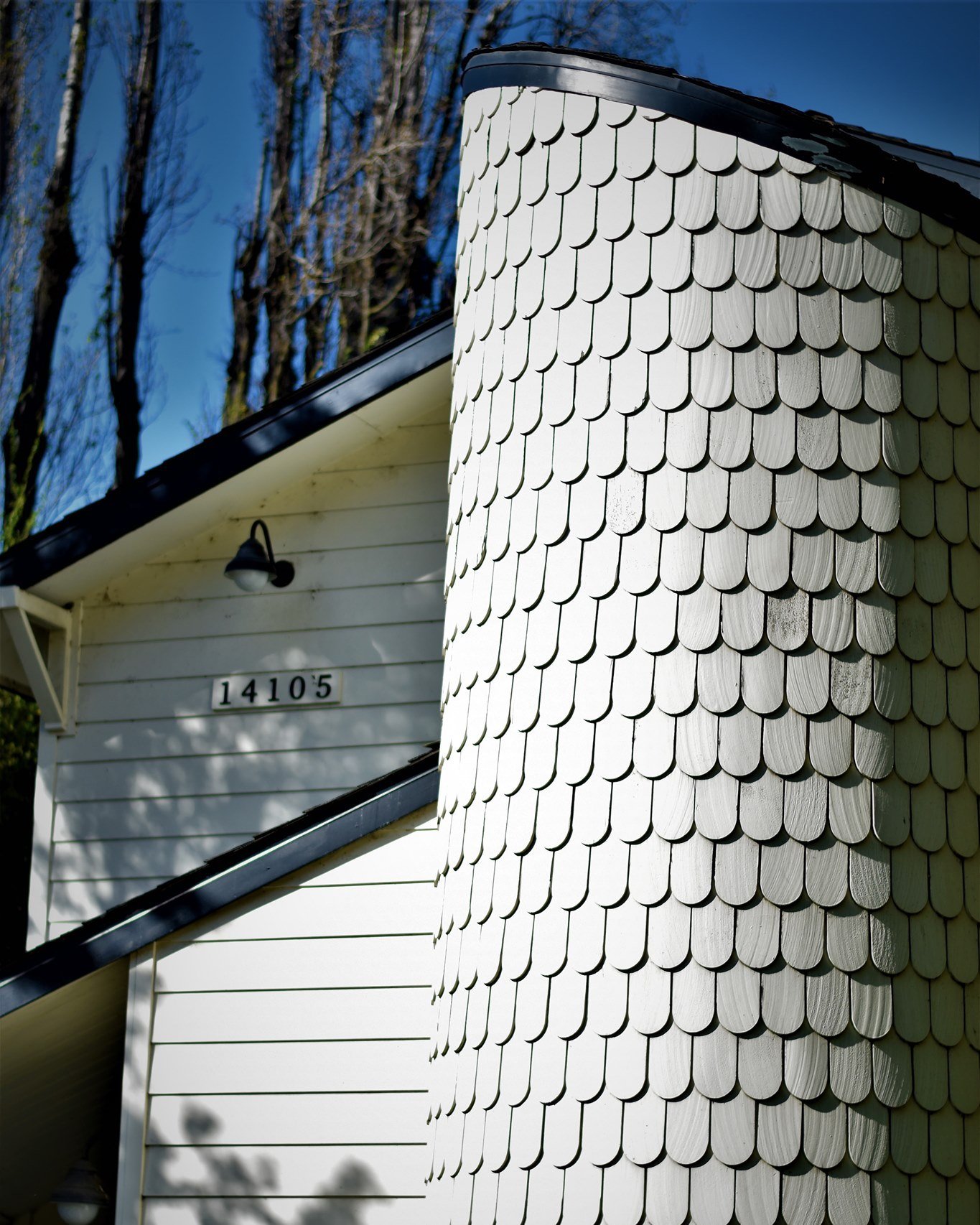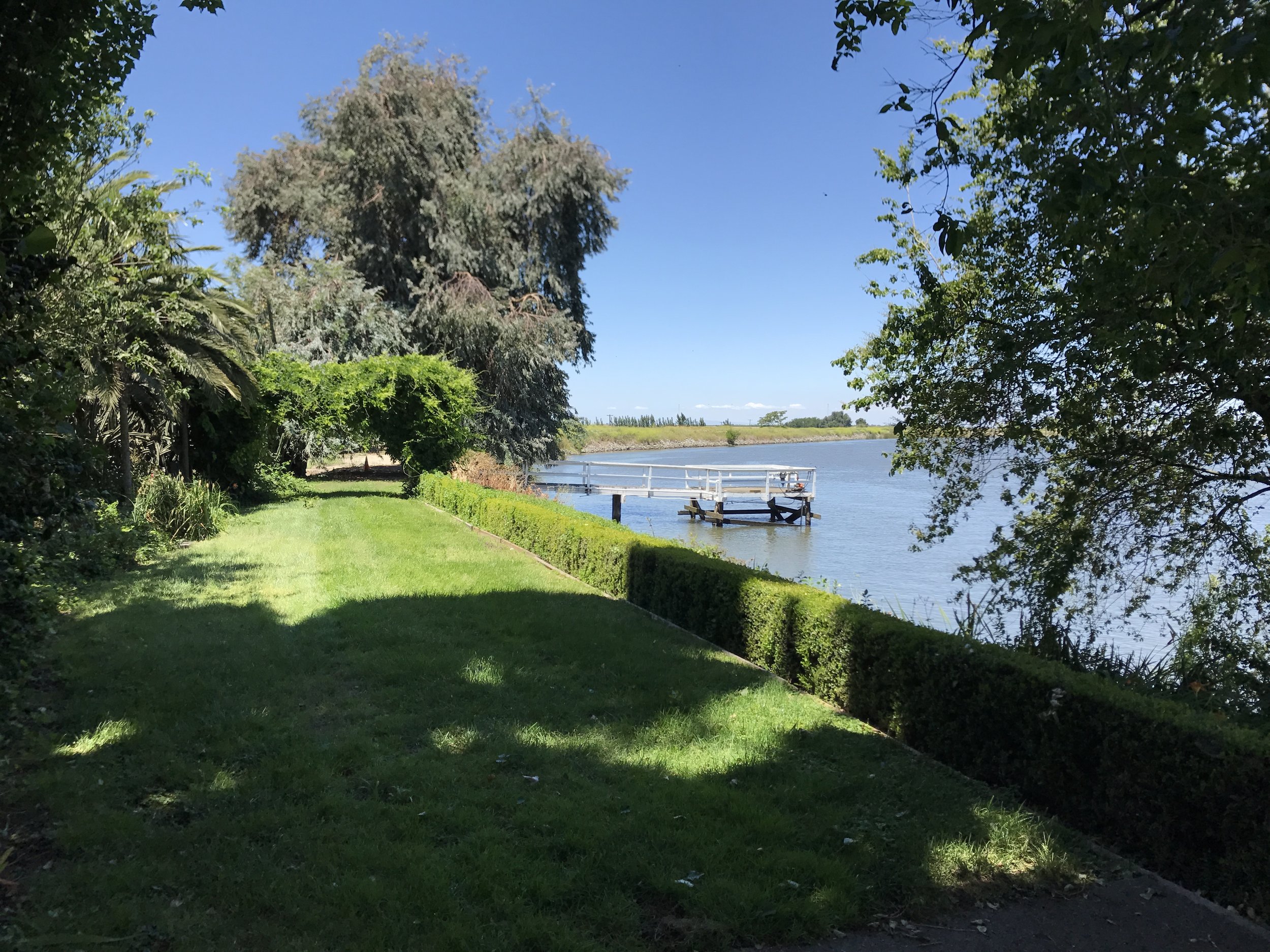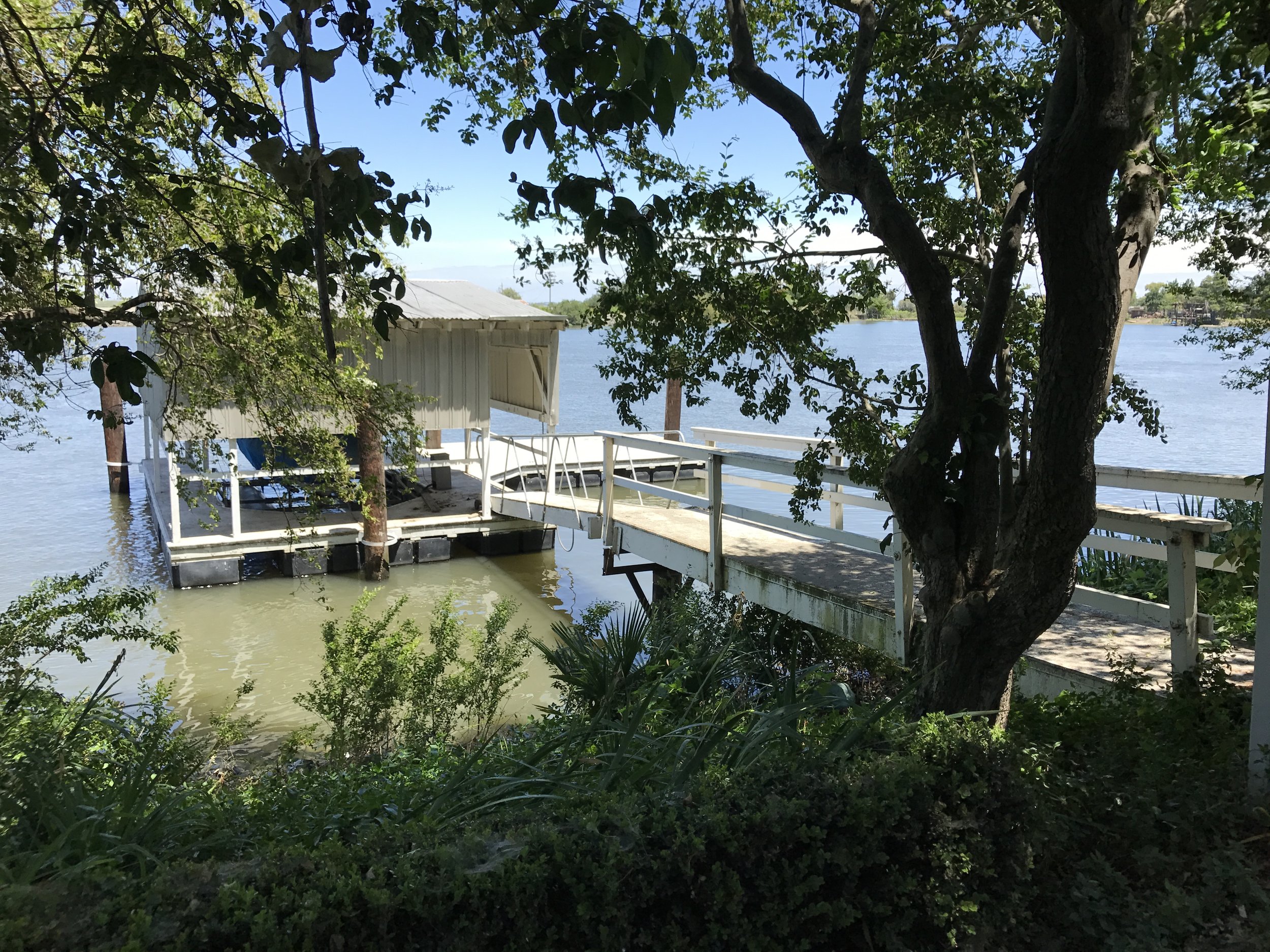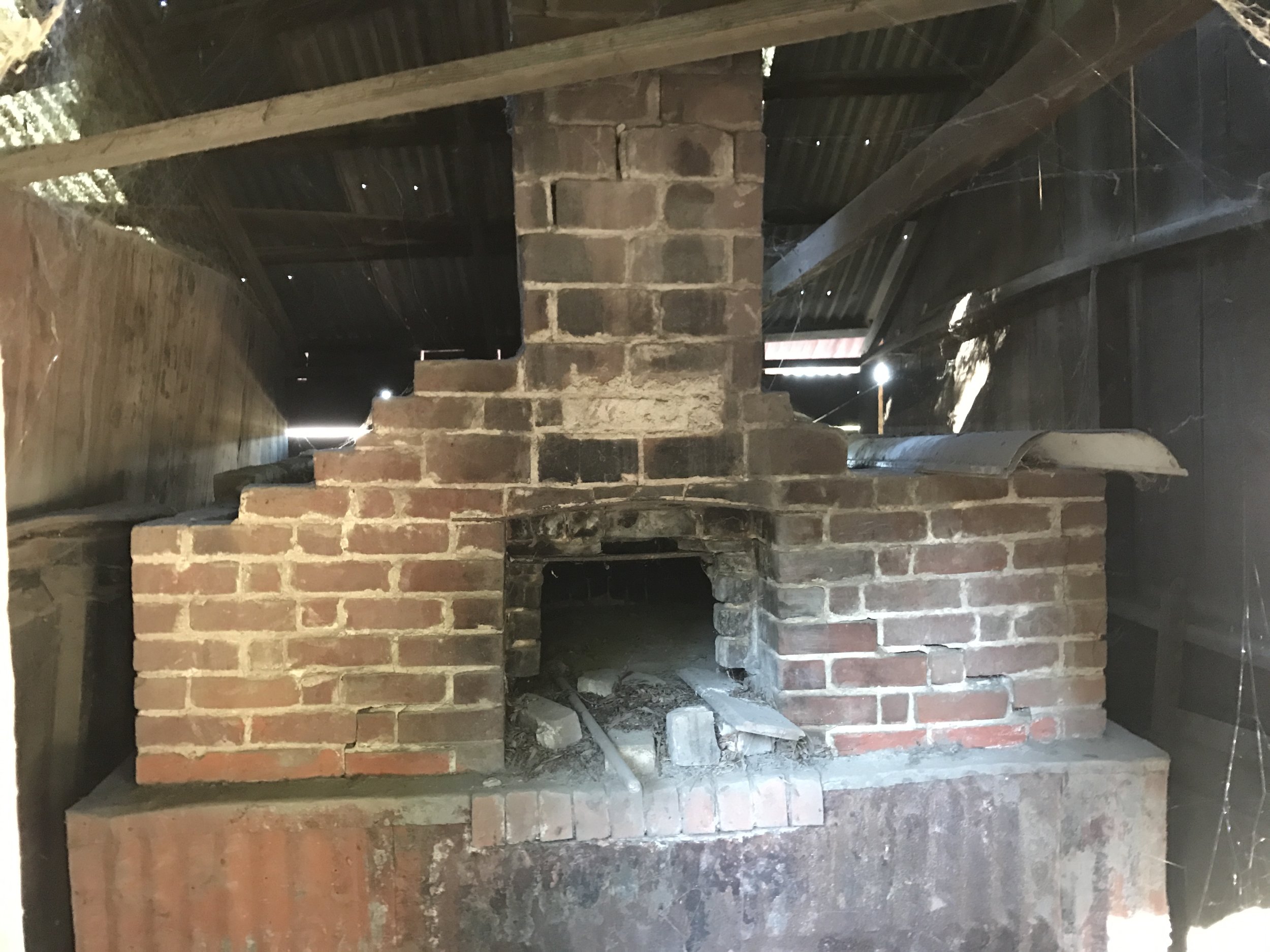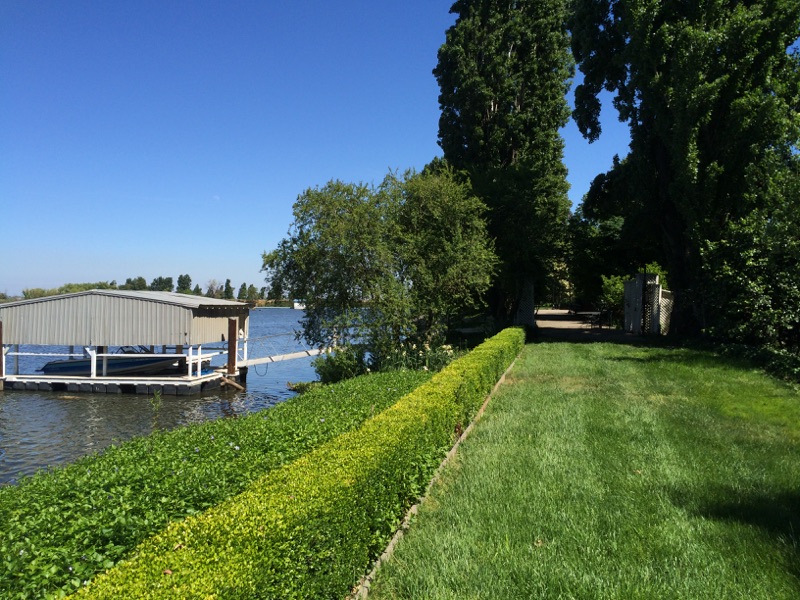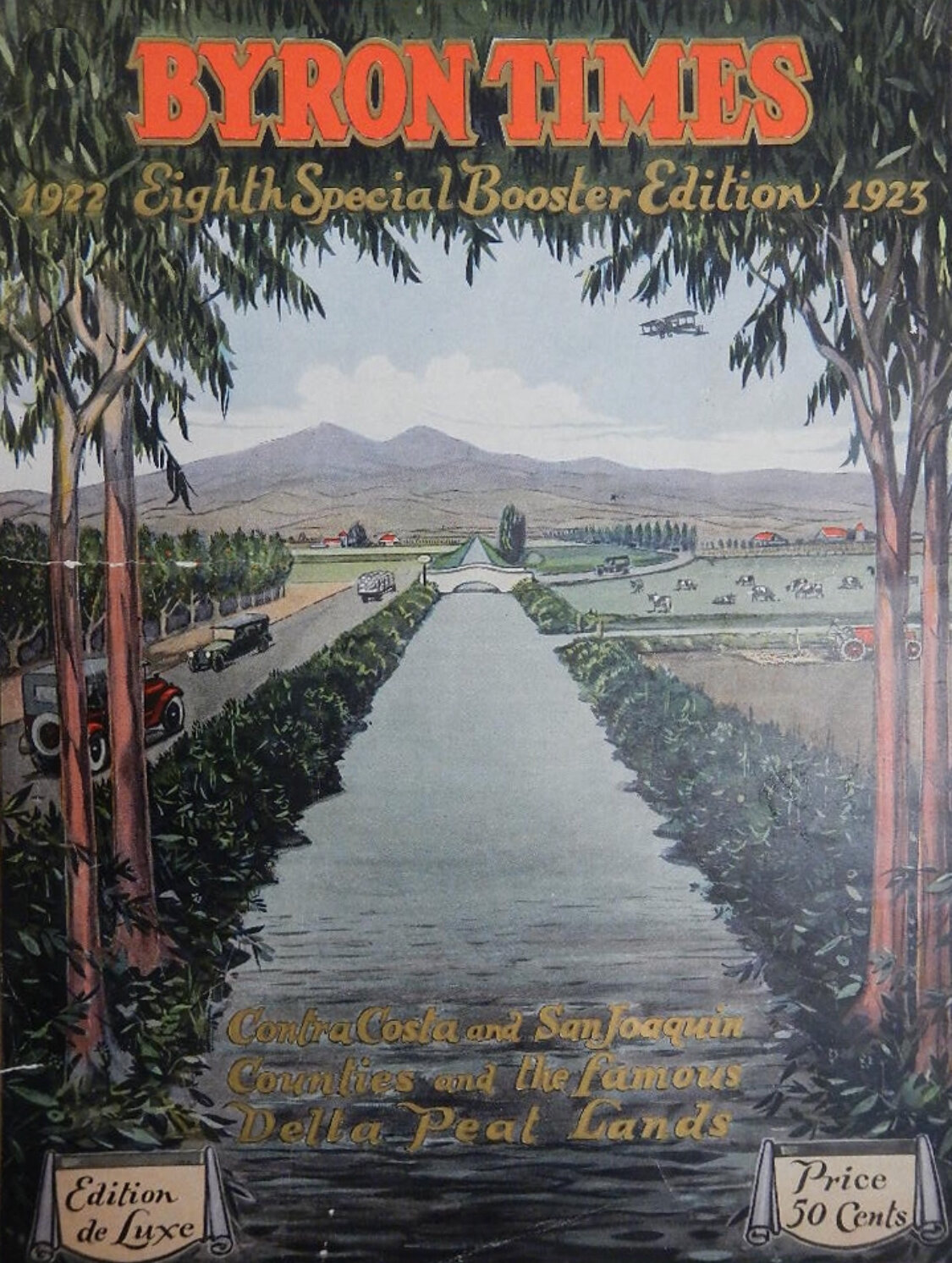
four generations of farming in the California Delta
A uniquely abundant terrain…
Map of Victoria Island, San Joaquin County, California, August 1903 survey.
The story of Victoria Island begins nearly 40 million years ago when a meteor 5.5 kilometers in diameter—one of the largest ever discovered—slammed into what is now the Northern California San Joaquin Delta. Named the Victoria Island Structure, it remains buried nearly a mile below our fields.
Prior to 1800, the California Delta was tidal marsh inhabited by the Maidu people. Spanish explorers first arrived in 1772, and were followed by many others. Gold was discovered in the nearby California foothills in 1848, triggering a massive migration to the area surrounding Victoria Island. Early farmers settling in the Delta needed a way to keep their land from flooding in the spring and winter, and thus began the construction of the levee system that defines the Delta today.
The Delta covers over 700,000 acres interlaced with hundreds of miles of waterways. Much of the land is below sea level and relies on over 1,000 miles of levees for protection against flooding. The Delta's land and waterways support communities, agriculture, and recreation, as well as continuing to provide essential habitat for fish and wildlife.
Victoria Island is situated in the southern part of the Delta, and prior to the 1900s was accessible only by boat. The California Delta Highway, with historical bridges at either end of Victoria Island, was completed in 1912. The island itself has an area of more than 7,000 acres, about half the size of Manhattan. The road around its perimeter stretches 15 miles and there are over 80 miles of irrigation canals crisscrossing the interior of the island. Like most islands in the Delta, the soil on Victoria Island has a high pH balance. Formerly river bottom, the organic soil on Victoria Island is high in peat content. All the necessary minerals for fine quality crops are already present and there is little need to manipulate the soil beyond routine crop rotations. The peaty soil and temperate climate make it ideal for growing a wide variety of California crops.
family farmed since 1964…
Graydon “Nic” Nichols Celebrates the First Package of Victoria Island Farms Asparagus in 1987.
For 55 years and across four generations, the Nichols family has sought to deliver responsibly-grown produce from Victoria Island to the world.
Right here on our island, we grow, pack and ship our products, overseeing all steps in the process to ensure absolute quality control, freshness, and food safety. We’re proud of our premium grade produce, the expertise and enthusiasm of our employees, and the attention to quality that we devote to both farming and processing.
For us, Victoria Island Farms is a labor of love. We think it shows in the excellence of our produce and the reliability of our shipments.
“Victoria Island Farms strives to supply wholesome products of consistently high quality to our customers, maintain outstanding integrity, and provide employees with a safe and positive work environment.”
Victoria Island crops through the years…
Victoria Island has a rich history of growing just about everything since the island first became a farm in the the late 19th century. In the early days, most of the land was leased to tenant farmers who grew potatoes and beans. Over time, the Nichols family took over the farming operations on the island, planting an evolving selection of crops. Victoria Island Farms began growing asparagus in the late 1980s and later became the largest grower of premium asparagus in California. The island’s mineral-rich, peaty soil, coupled with a temperate California climate made it the ideal environment for growing premium asparagus. The farm has since cycled to growing other crops on its rich soil but asparagus will always be a special product in the history of Victoria Island Farms.
Take a look inside the Victoria Island Farms premium California asparagus farming and production process during the 2012 harvest season.
Other Agricultural products grown on the island over the last hundred+ years include:
Barley
Beans
Broccoli
Cauliflower
White & Sweet Corn
Garlic
Hops
Onions
Potatoes
Safflower
Sugar Beets
Sunflowers
The historic Victoria Island FarmHouse…
Nestled on the northeast corner of our island is the historic Victoria Island Farmhouse, an idyllic waterfront oasis next to our fields. Originally built in the 1930s, it has served as a home and gathering place to generations of Victoria Island Farmers.

